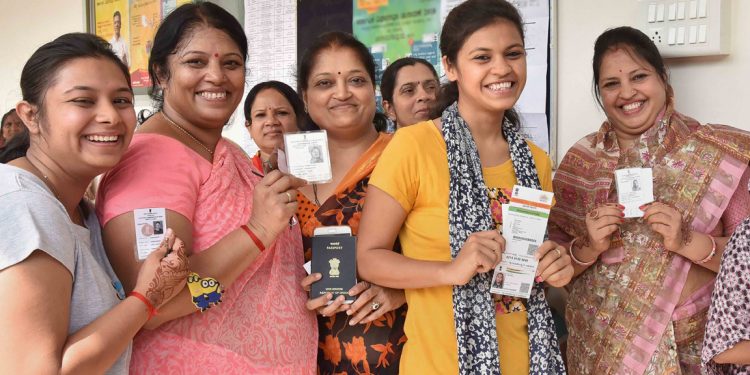Women comprise half the total population in India and their contribution to society has been immense. Not only in academics, social work, medicine and sports, women have also made great strides in politics since Independence. However, going by the numbers, their representation still remains quite negligible compared to men. The first Parliament had 22 women members, which has risen by a mere 44 in the last 72 years. This is slightly more than 13 per cent of the total number of seats. With the results of the national elections still a month away, we have to wait to see if the number increases. Orissa POST interacted with a few women from the state to know their views on the importance of women’s representation in politics.
Kalyani Parida from Bhubaneswar says, “For all round development of a country, we need equal number of women representatives in all professions. Parliament is a place where important debates and discussions involving the betterment of the country take place. Hence, if not equal, there should be a proper male-female balance. The lower the number of women, the bigger the chances of their voices getting suppressed.”
Many feel that it takes a woman to best understand a woman and an increase in women legislators will only help women empowerment. “Countries where women are well represented seem to have more pro-women policies, like in Sweden, Norway, Finland and Denmark. Ideally, the representation of women in legislatures should reflect their numbers in the population, so in India the number should definitely increase. However, even partial representation can generate gains in government response to issues concerning women which is the need of the day,” says Sasmita Routray, a homemaker from Cuttack.
“Increased participation by women will encourage other women to follow in their footsteps and will help break the notion that politics is more a man’s territory,” she adds.
Although the country has already had a woman Prime Minister and a President, and many women have held important cabinet portfolios or have left a lasting impression on their state’s political map, the number of women in politics still is quite negligible.
Banalata Mohanty from Tangi says, “There are 66 women in the Lok Sabha. The number has been on the rise since Lal Bahadur Shastri became the Prime Minister of India. However, the ratio is still disproportionate compared with other professions in our country. Although many women have played a major role in the affairs of the country, there should be more active participation from women. It is not only about contesting elections, more women should exercise their right to vote also, as they lag in this area too. Only women can help gender equality become a reality in every profession.”
Sthita Pragnya Nanda from Bhubaneswar says, “Social evils cannot be eradicated without the participation of women in every sector. The scenario is changing, and the number of women voters is also increasing. The ratio was almost equal in the last general elections, which proves that women also played a major role in choosing the candidates. I am sure women will once again play a similar role this time around. At the same time, there should be more women candidates contesting elections this time, as it will balance the house. We definitely do need more women leaders.”
SOYONG, OP






































